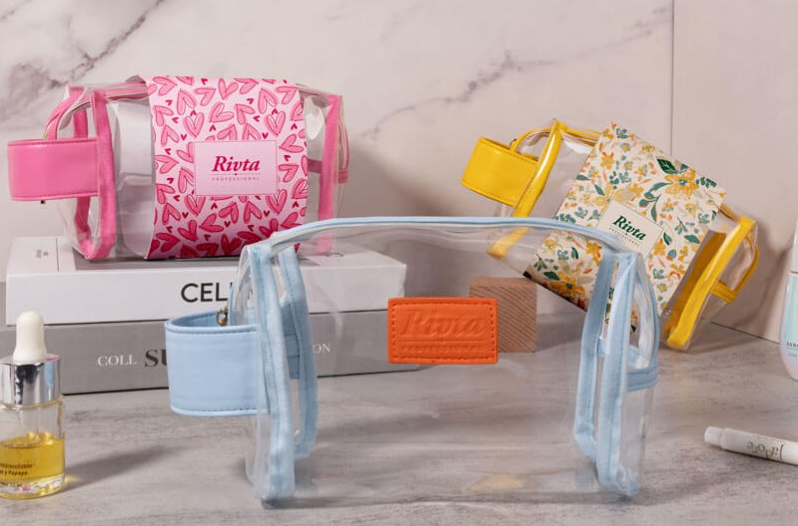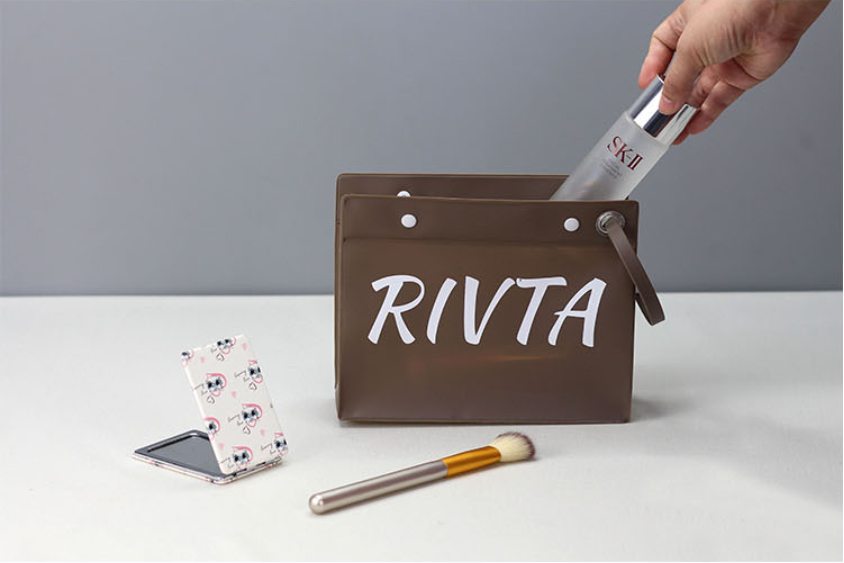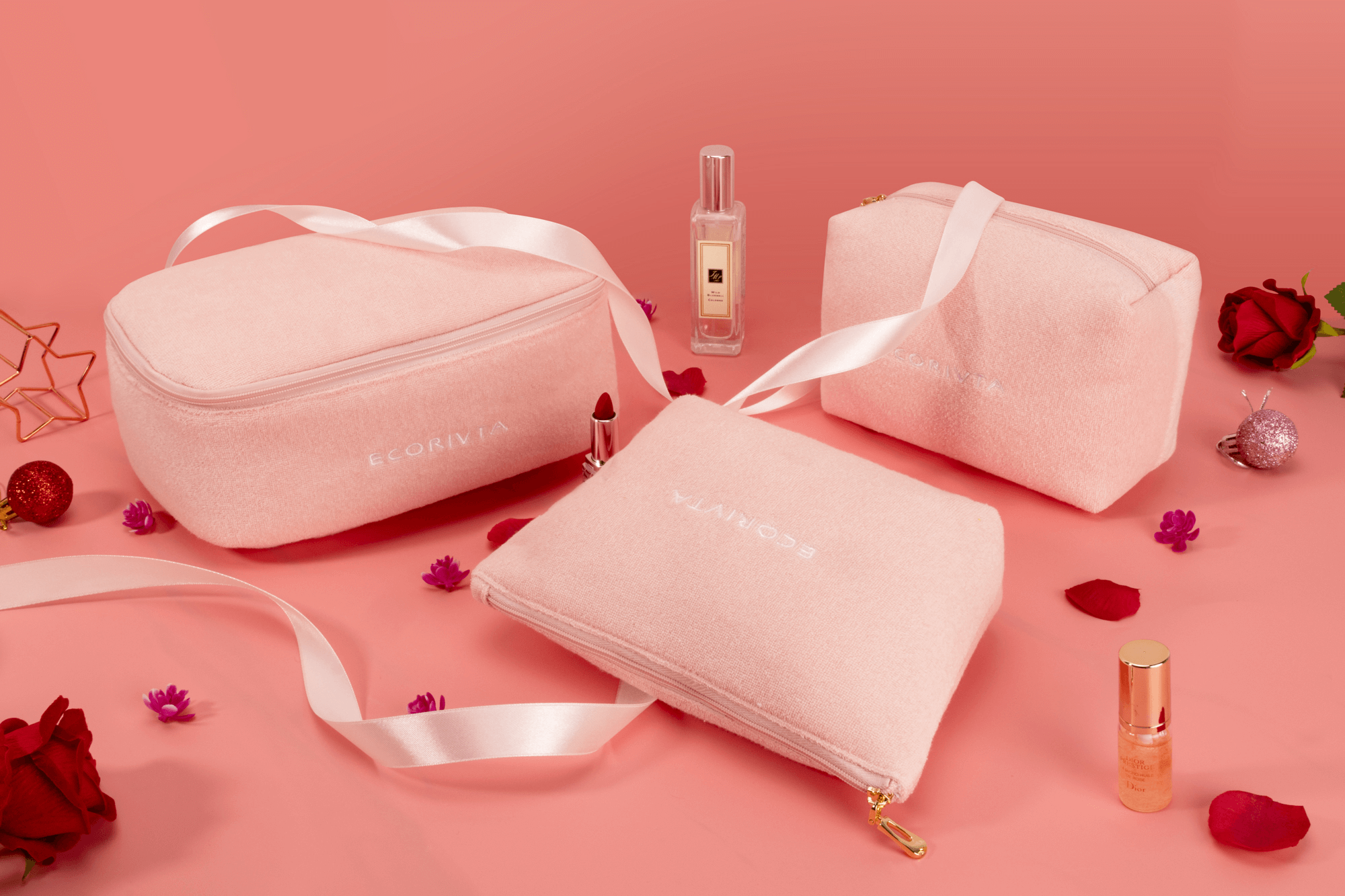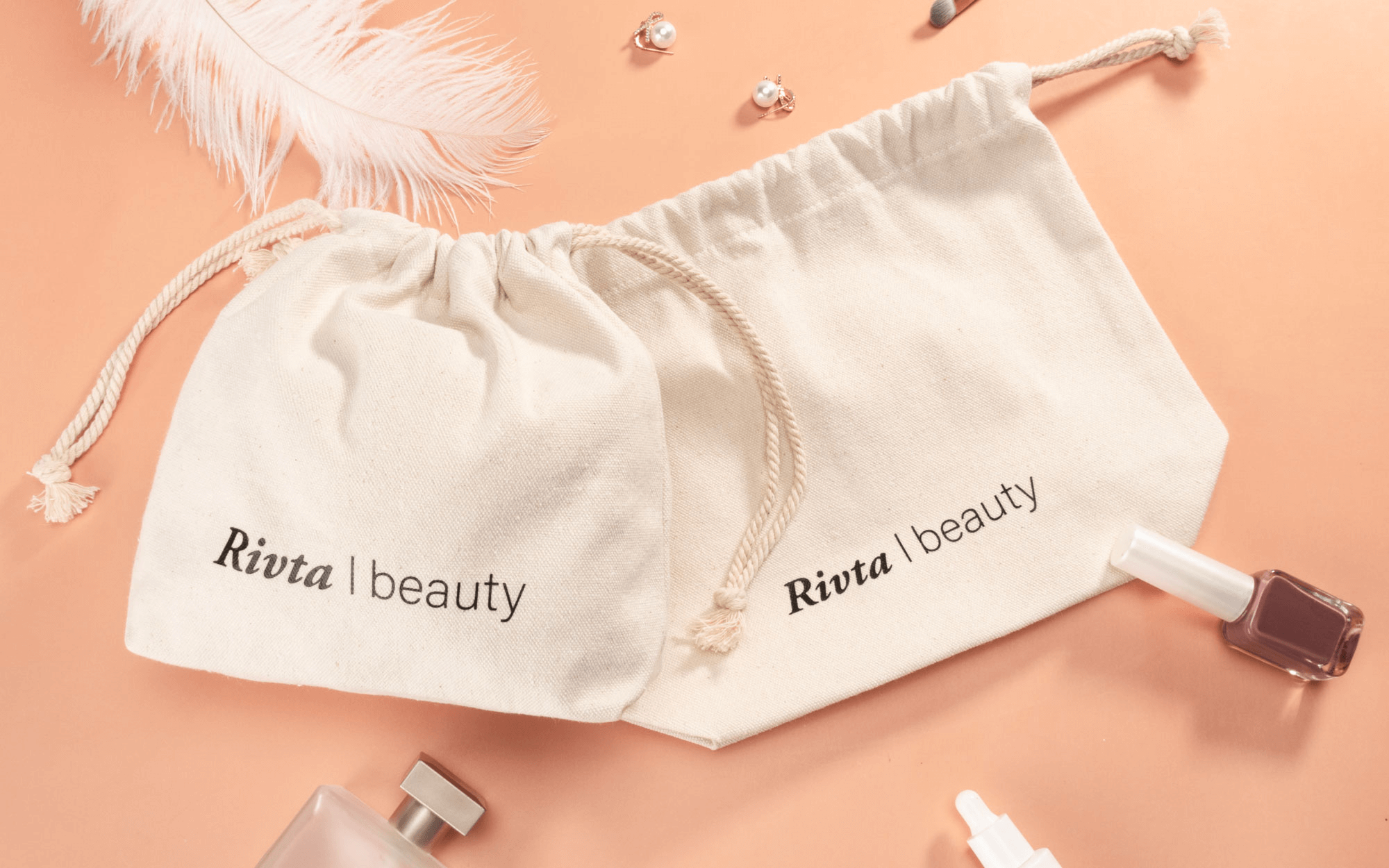From Concept to Launch: How Custom Eco Makeup Bags Can Revitalize Your Product Line
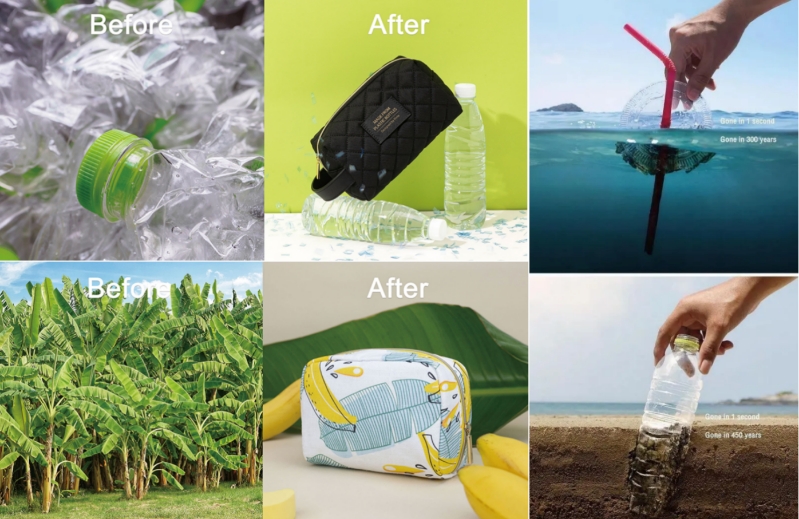
The beauty industry stands at a crossroads. As consumer consciousness shifts toward environmental responsibility, brands face mounting pressure to deliver products that align with sustainability values without compromising on quality or aesthetic appeal. In this evolving landscape, custom eco-friendly makeup bags have emerged as a powerful tool for brands looking to differentiate themselves while meeting the growing demand for responsible packaging solutions.
The numbers tell a compelling story. The sustainable bag market is projected to surge from $27.28 billion in 2025 to $75.9 billion by 2034, exhibiting a remarkable compound annual growth rate of 12%. This growth isn't just a trend – it reflects a fundamental shift in consumer expectations and regulatory requirements that savvy brands are already capitalizing on.
The Regulatory Landscape: Compliance as Competitive Advantage
Today's regulatory environment demands more than token gestures toward sustainability. The European Union's Packaging and Packaging Waste Regulation (PPWR) sets an ambitious timeline, requiring all packaging to be designed for recycling by January 1st, 2030, and fully recyclable within five years thereafter. Meanwhile, the UK's plastic packaging tax of £217.85 per tonne for products containing less than 30% recycled content creates immediate financial incentives for sustainable alternatives.
These regulations aren't burdens – they're opportunities for forward-thinking brands to establish competitive advantages. Companies that proactively adopt eco-friendly packaging solutions position themselves ahead of competitors who may scramble to meet compliance requirements later. The regulatory framework creates a level playing field where sustainable practices become standard operating procedure rather than premium options.
For brands sourcing from manufacturers like those in Dongguan's industrial hub, understanding these requirements becomes crucial for maintaining market access. Manufacturers with established certifications such as BSCI, SEDEX, and ISO9001 demonstrate their commitment to meeting these evolving standards, providing brands with confidence in their supply chain decisions.
Material Innovation: Beyond Traditional Boundaries
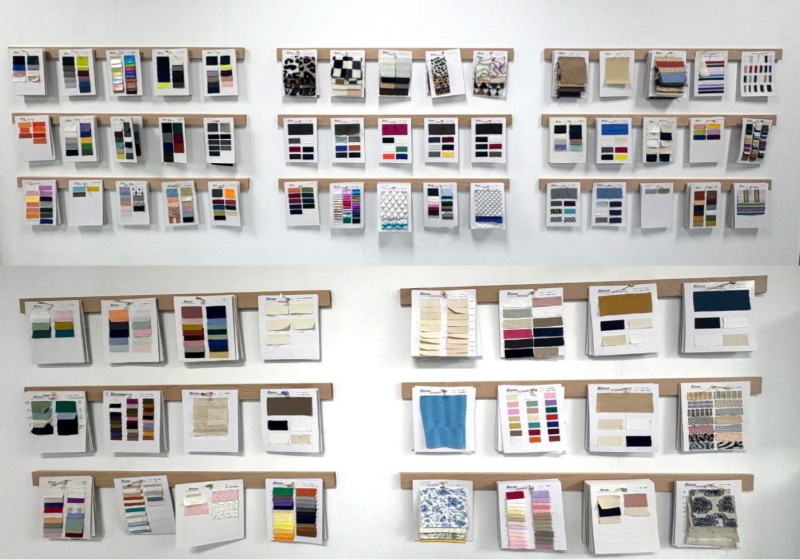
The foundation of any successful eco-friendly makeup bag lies in its materials. Today's innovations extend far beyond recycled plastics to encompass a diverse range of sustainable options that don't compromise on functionality or aesthetics.
Organic cotton represents one of the most versatile options, offering natural biodegradability while maintaining the soft touch and print quality that luxury brands demand. Hemp, once considered niche, has gained mainstream acceptance due to its durability and naturally antimicrobial properties – particularly valuable for cosmetic applications where hygiene is paramount.
Recycled ocean plastic presents a compelling narrative for brands seeking to connect with environmentally conscious consumers. This material transforms waste into functional beauty accessories, creating a circular economy story that resonates with today's values-driven purchasing decisions. The technical properties of recycled ocean plastic often exceed those of virgin materials, providing superior water resistance and durability.
Perhaps most intriguing are emerging bio-based materials derived from agricultural waste. Mushroom leather, created from mycelium, offers a luxurious feel that rivals traditional leather while being completely biodegradable. These materials allow brands to create premium positioning around sustainability rather than treating it as a compromise.
| Material Type | Sustainability Score | Durability | Cost Factor | Best Applications |
|---|---|---|---|---|
| Organic Cotton | High | Medium | Low | Soft pouches, travel bags |
| Hemp | Very High | High | Medium | Structured bags, professional lines |
| Recycled Ocean Plastic | High | Very High | Medium-High | Weather-resistant bags, active lines |
| Mushroom Leather | Very High | High | High | Luxury collections, premium gifts |
| Recycled Polyester | Medium | High | Low | Volume production, basic lines |
The Customization Advantage: Meeting Diverse Market Needs
Customization in eco-friendly makeup bags extends far beyond simple logo placement. Today's sophisticated buyers expect tailored solutions that reflect their brand identity while meeting specific functional requirements. This demand creates opportunities for manufacturers to demonstrate their technical capabilities and design flexibility.
Color matching represents one of the most critical customization elements. Eco-friendly materials often present unique challenges in achieving consistent color reproduction, particularly with natural fibers that may vary in base tone. Manufacturers who invest in advanced dyeing technologies and color management systems provide brands with the reliability needed for consistent market presence.
Functional customization addresses the practical needs of different cosmetic categories. A brand focusing on liquid foundations requires different internal organization than one specializing in powder products. Waterproof linings, removable dividers, and professional compartments for brushes or applicators transform basic bags into category-specific solutions.
The customization process itself becomes a collaborative journey between brands and manufacturers. Companies with decades of experience, such as those established in the 1990s, bring institutional knowledge that helps brands navigate technical challenges while maintaining cost effectiveness. This partnership approach often yields innovative solutions that neither party could achieve independently.
Market Adaptation: Aligning with Consumer Expectations
Understanding your target market's preferences drives successful product development. Professional buyers in the UK market, particularly those with backgrounds in lifestyle and home accessories, bring sophisticated expectations about quality, functionality, and brand alignment. Their purchasing decisions often reflect broader consumer trends they've identified through market analysis.
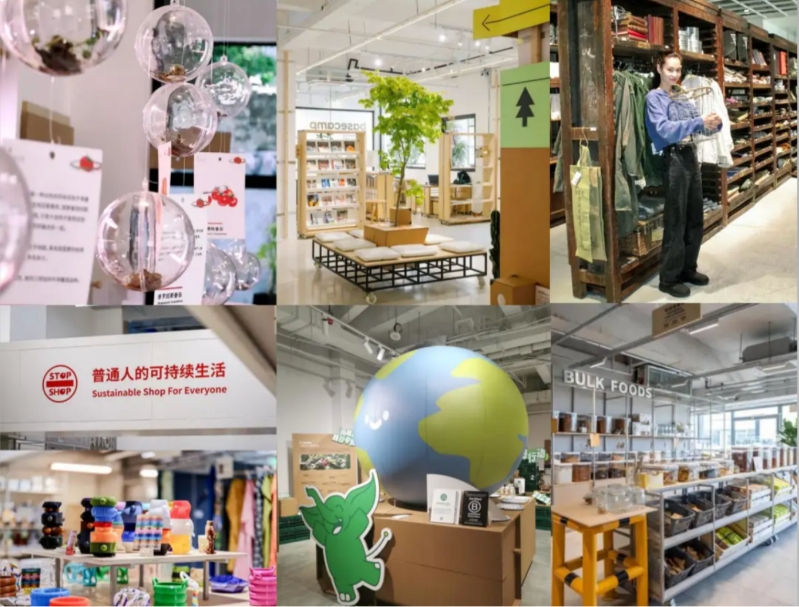
The UK market's emphasis on understated quality rather than flashy aesthetics influences design preferences. Clean lines, neutral color palettes, and subtle branding often outperform bold graphics or trendy patterns. This preference for timeless design actually aligns well with sustainability goals, as classic aesthetics have longer market relevance than trend-driven alternatives.
Multi-channel retail considerations also shape product requirements. Bags that photograph well for e-commerce platforms while maintaining tactile appeal for in-store experiences require careful material selection and finishing techniques. The rise of social media marketing places additional emphasis on photogenic qualities that showcase sustainability credentials without appearing to prioritize marketing over function.
Seasonal buying patterns in the UK market create opportunities for limited editions and special collections. Buyers often seek products that can transition between seasons while maintaining relevance. Eco-friendly makeup bags with versatile designs and durable construction meet these requirements while supporting inventory efficiency.
Manufacturing Excellence: Quality Without Compromise
The transition to eco-friendly materials doesn't mean accepting reduced quality standards. In fact, many sustainable materials offer superior performance characteristics compared to conventional alternatives. The key lies in understanding how to work with these materials effectively.
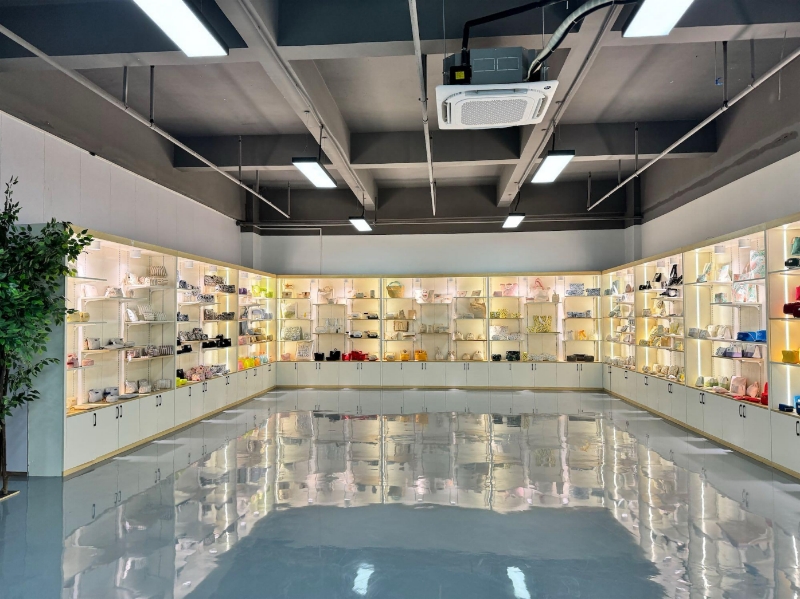
Production processes for eco-friendly makeup bags require different approaches than traditional manufacturing. Natural materials may need longer conditioning times, professional adhesives, or alternative joining techniques. Manufacturers who invest in understanding these requirements deliver products that meet luxury standards while maintaining environmental credentials.
Quality control becomes more complex with sustainable materials due to natural variations in raw materials. Experienced manufacturers develop testing protocols that account for these variations while maintaining consistent output quality. This expertise becomes particularly valuable when scaling production for large orders.
Table: Comparing Quality Metrics – Traditional vs. Eco-Friendly Materials
| Quality Metric | Traditional Materials | Eco-Friendly Materials | Testing Method |
|---|---|---|---|
| Tensile Strength | 150-200 N/cm | 180-220 N/cm | Pull testing |
| Color Fastness | Grade 4-5 | Grade 4-5 | Wash/light testing |
| Durability Cycles | 10,000+ | 12,000+ | Zipper/closure testing |
| Water Resistance | IPX4 | IPX4-5 | Spray testing |
The manufacturing location also influences quality outcomes. Dongguan's concentration of experienced manufacturers creates an ecosystem where suppliers, machinery, and skilled workers support high-quality production. This geographic advantage allows for rapid prototyping and efficient scaling when products succeed in the market.
Cost Considerations: Investment vs. Return
The financial aspects of eco-friendly makeup bag production require careful analysis beyond simple unit costs. While sustainable materials may carry premium pricing, they often deliver superior value through enhanced durability, brand differentiation, and consumer loyalty.
Initial tooling costs for custom eco-friendly bags may exceed traditional alternatives due to Professional processes required for sustainable materials. However, these costs amortize quickly across production runs, particularly when manufacturers offer design-for-manufacturing consultation that optimizes both sustainability and production efficiency.
Long-term cost benefits emerge through reduced regulatory compliance costs, improved brand reputation, and access to premium market segments. Brands that establish sustainability credentials early often command higher margins and customer loyalty that justify initial investments.
The total cost of ownership includes factors beyond manufacturing, such as reduced packaging waste disposal costs, potential tax benefits, and enhanced brand value. Forward-thinking brands view eco-friendly packaging as infrastructure investment rather than expense.
Implementation Strategy: From Concept to Market
Successful implementation of custom eco-friendly makeup bags requires a structured approach that balances sustainability goals with commercial realities. The process begins with material selection based on specific use cases, target markets, and brand positioning.
Prototype development allows brands to test consumer response before committing to full production. This phase is crucial for eco-friendly materials, as consumer education about sustainability benefits often influences acceptance. Prototypes also enable functional testing that ensures sustainable materials meet performance requirements.
Timeline management becomes critical when working with sustainable materials, as natural processing times may differ from synthetic alternatives. Manufacturers with experience in both traditional and eco-friendly production can provide realistic scheduling that accommodates these differences.
Market introduction strategy should emphasize the quality and functionality benefits of eco-friendly materials rather than positioning sustainability as a compromise. Consumer education about material benefits and proper care instructions ensures product longevity and customer satisfaction.
Future Outlook: Preparing for Tomorrow's Market

The trajectory toward sustainable packaging continues accelerating, driven by regulatory requirements, consumer expectations, and technological advances. Brands that establish eco-friendly packaging capabilities now position themselves for future market advantages.
Emerging technologies in bio-based materials promise even more sustainable options in the coming years. Partnerships with experienced manufacturers enable brands to evaluate and adopt these innovations as they become commercially viable.
The integration of smart features with sustainable materials represents another frontier. RFID tags, NFC chips, and other technologies can enhance functionality while maintaining environmental credentials. These innovations create new opportunities for brand engagement and customer experience.
Conclusion: The Strategic Imperative
Custom eco-friendly makeup bags represent more than a response to market trends — they're a strategic imperative for brands seeking long-term success in an increasingly conscious marketplace. The convergence of regulatory requirements, consumer expectations, and technological capabilities creates unprecedented opportunities for differentiation.
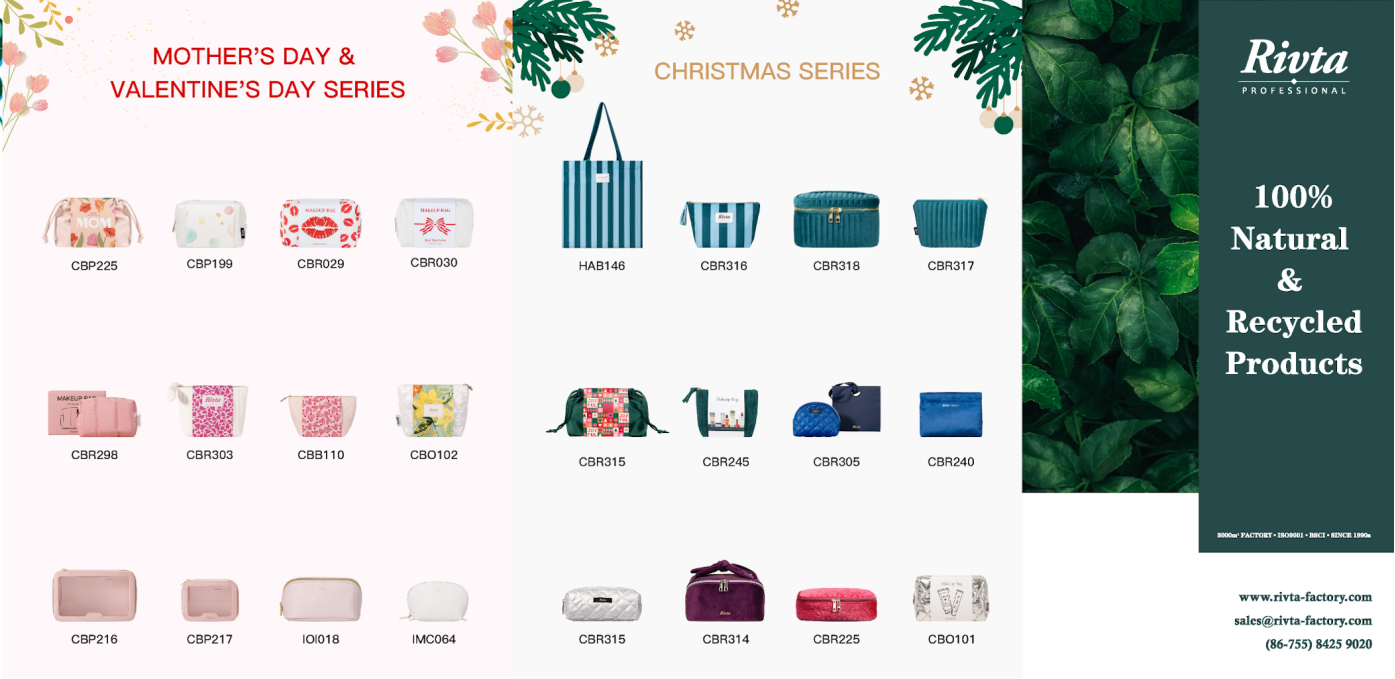
The key to success lies in partnering with manufacturers who understand both the technical requirements of sustainable materials and the commercial realities of the beauty industry. Companies with decades of experience, comprehensive certifications, and proven track records provide the foundation for successful eco-friendly product lines.
As the sustainable bag market continues its projected growth toward $75.9 billion by 2034, brands that act now to establish their eco-friendly packaging credentials will find themselves ahead of competitors still adapting to new realities. The question isn't whether to adopt sustainable packaging, but how quickly and effectively brands can implement these solutions while maintaining their commitment to quality and customer satisfaction.
The future belongs to brands that view sustainability not as a constraint but as an opportunity for innovation, differentiation, and deeper customer connections. Custom eco-friendly makeup bags offer a tangible way to demonstrate these values while building the foundation for long-term success in an evolving marketplace.
